I have had many conversations with frustrated safety people. They were hired for the wrong reason. I often hear a focus on “legal compliance” with OSHA® standards instead of best practices to keep people safe. Many companies know that they need compliance to avoid OSHA fines. Therefore, they create a safety department, and hire one or two people to assure compliance.
The safety director begins a job hazard analysis and creates new forms for reporting accidents or incidents. He programs safety session training meetings. However, the director receives push back from supervisors. They don’t want to attend the training and often excuse their subordinates. The supervisors sing the same old song, they have a tight schedule to complete and just don’t have time. When the safety director receives no support from management, it’s because they aren’t truly committed to safety. They are only concerned with lame compliance.
Without backing from the top, a safety manager will have no real cooperation to foster a safety climate/culture that will really work. Construction management, in partnership with its employees, is responsible for ensuring that jobsite hazards are eliminated or at least minimized. These connections are most effective when they exist within a positive safety climate.
Owners and top management need to espouse and invest in safety. There are positive steps to implement. Adequate funding allocation is vital. Studies have repeatedly proven that whatever investment you make in safety will return to you fourfold: reduced accident cost, reduced insurance premiums, increased production, and a boost morale.
This isn’t just hot air I’m spewing! Put it to the test! Track it. Why not collect data on production and injuries? Put your money where your mouth is and advocate for safety for one year. After that year, review your data again. I have never seen a case without a return on the investment.
Owners must also demonstrate your commitment to your immigrant workers. They often feel mistreated and undervalued. They often don’t fully understand why America places great emphasis on safety. Language is often a barrier, but culture is also a big one. It can seem costly translating safety material, maintaining Safety Data Sheets in the languages spoken by your workforce, providing training your employees’ languages, and retaining spoken (and/or signed) interpreters. I am often told that if they are in the U.S., they should learn English. Well maybe you shouldn’t have hired limited English proficient workers. I won’t get into that debate right now, but you can refer to this previous blog on the subject. OSHA requires training to be instructed in the languages they best understand and SDS as well. It’s the law.
What steps can be taken to involve owners and top management? Part 2 will address that.


